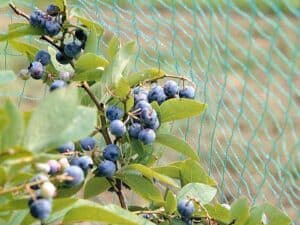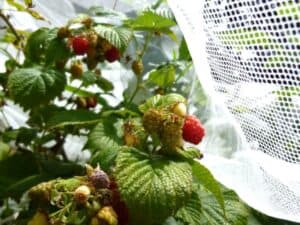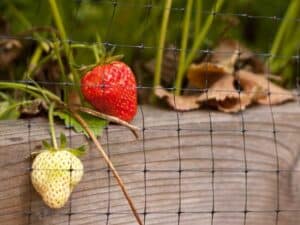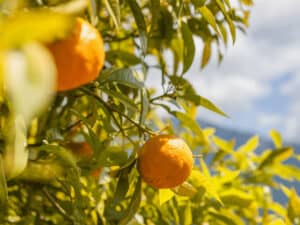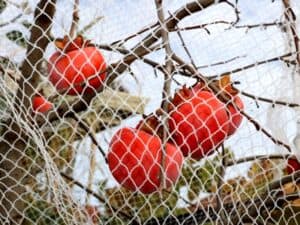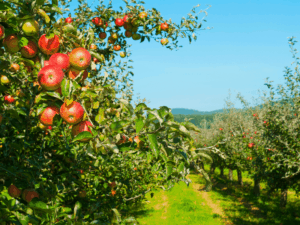Fruit Bat Netting
Draped as a barrier to keep bats out of eaves, attics, and other areas, and fruits.
The Best Choices for Covering Your Orchard.
EyouAgro Bat Netting is manufactured from UV-protected mesh and is a barrier to keeping bats out of eaves, attics, and other regions.
- Knotted black mesh completely invisible
- Manufactured from UV-protected polyethylene
- Customizable according to your unique needs
- Different lengths to meet all your bat excursion needs
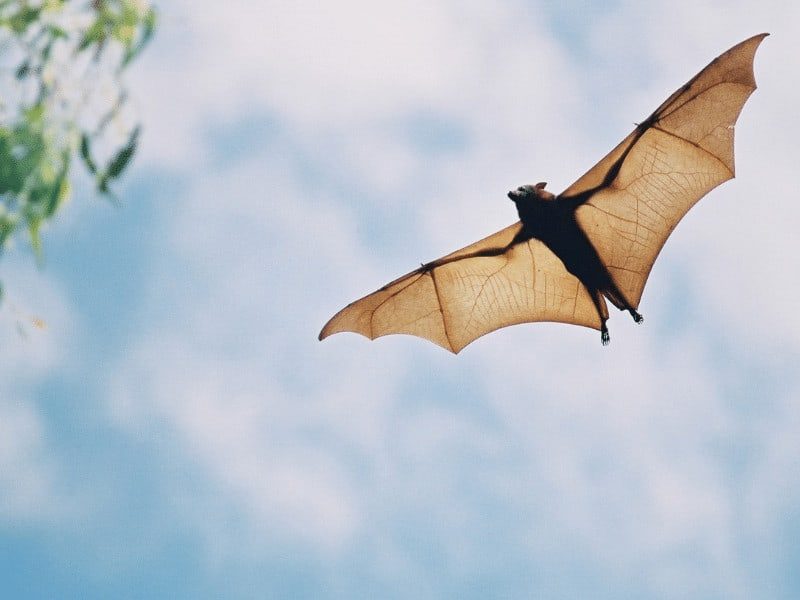
To make sure you can find the information you want quickly,
we have prepared this content directory that will jump to the corresponding location when you click on it.
Fruit Bat Control Netting has the following wide range of applications , Inquiry us for more solution.
Find the right Bat Netting below for your orchard; All of our products are provided with up to 5 years warranty.
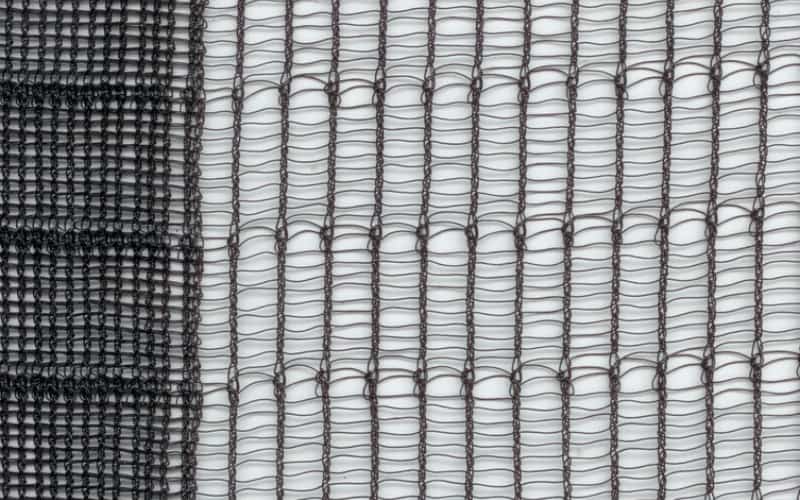
Square Mesh 60 ( SM60) is an innovative design to block bees and other insects that pollinate the plants during the bloom stage.
- Raw Material: 100% virgin HDPE with UV Stablizer
- Mesh Size: 8.5×2.0mm
- Shade Factor: 20%
- Weight: 60grm
- Standard Size: 4.00mx100m
We will contact you within 1 working day, please pay attention to the email with the suffix “@eyouagro.com”.
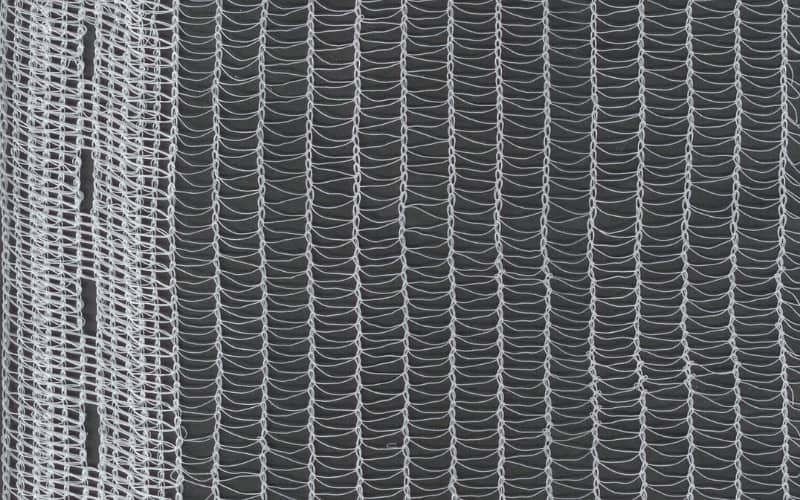
Triangle Mesh 60 ( TM60) is widely used in the citrus growing field like oranges, sweet limes or other citrus fruits Seeds are considered an annoyance in citrus fruits, customers prefer the seedless varieties
- Raw Material: 100% virgin HDPE with UV Stablizer
- Mesh Size: 8.5×2.5 /2 mm
- Shade Factor: 25%
- Weight: 60grm
- Standard Size: 4.00mx100m
We will contact you within 1 working day, please pay attention to the email with the suffix “@eyouagro.com”.
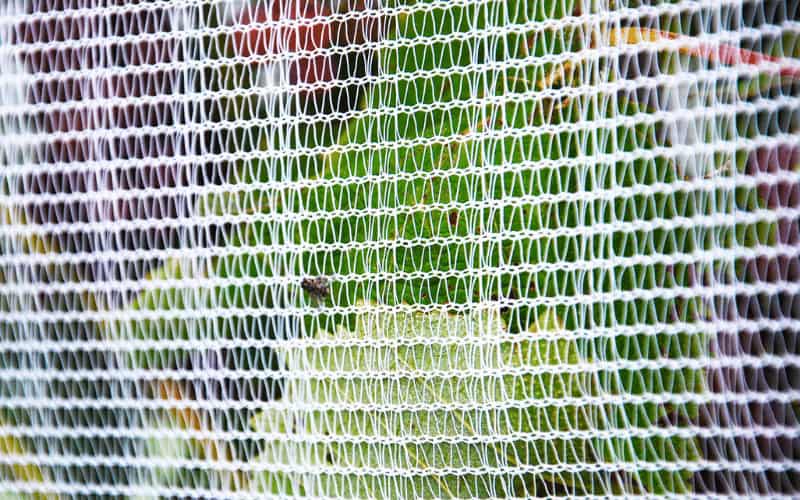
Triangle Mesh Plus 80 ( TMP 80) can block bees and other insects to protect your citrus fruits like oranges, sweet limes or other citrus fruits from cross pollination to produce high quality seedless citrus fruits.
- Raw Material: 100% virgin HDPE with UV Stablizer
- Mesh Size: 4.5×2.5 /2 mm
- Shade Factor: 40%
- Weight: 80grm
- Standard Size: 4.00mx100m
We will contact you within 1 working day, please pay attention to the email with the suffix “@eyouagro.com”.

Diamond Mesh 52 (DM52) is a low cost lightweight but heavy duty Citrus Netting.
It could expand to 14m width and entirely cover rows of oranges to stop cross pollination by insects and keeps your fruits seedless.
- Raw Material: 100% virgin HDPE with UV Stablizer
- Mesh Size: 4.5×4.5 mm
- Shade Factor: 35%
- Weight: 52grm
- Standard Size: 14.00mx100m
We will contact you within 1 working day, please pay attention to the email with the suffix “@eyouagro.com”.
No matter if you are looking for a wholesale supplier or if you need a custom-made Bat Netting , we can all help.
Try this netting calculator to get an approximate purchase requirements and send an enquiry to me
in Pro Version
in Pro Version
Credit Card details
pro Feature Availablein Pro Version
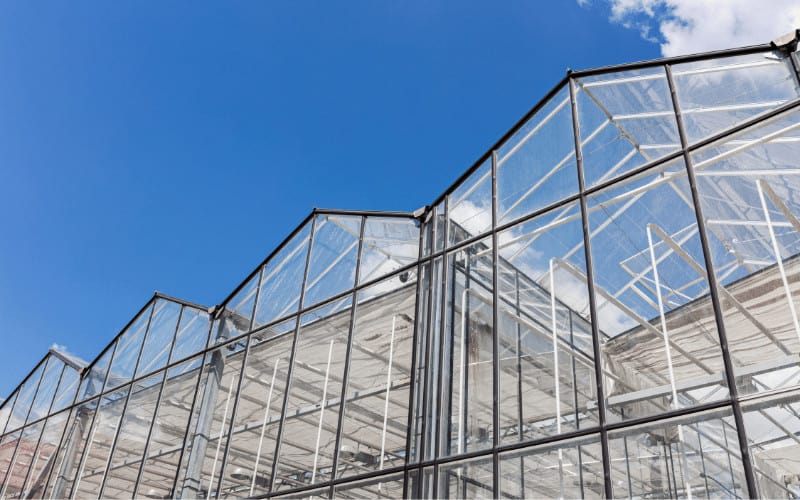
Lorem ipsum dolor sit amet, consectetur adipiscing elit. Ut elit tellus, luctus nec ullamcorper mattis, pulvinar dapibus leo.
Lorem ipsum dolor sit amet, consectetur adipiscing elit. Ut elit tellus, luctus nec ullamcorper mattis, pulvinar dapibus leo.



I like buying from Chinese company like yours.

Founded in 1996, EyouAgro uses Knitted and Woven technology to design, develop and manufacture Agriculture Protection Textiles.
EyouAgro offers clients a wide choice of standard and customized Polymer Netting for their farm or orchard needs.
Keeping the fruit protected from flying fox!
EyouAgro has a significant Bat Netting manufacturing capability.
- Certified by ISO9001, REACH, Rohs, SGS certification.
- Automated Raschel production line, create over 10,000sqm per day.
- Manufacture directly, large scale production and Well trained workers.
Whether you need Aluminet Shade Cloth or need to custom any netting products.
EyouAgro always satisfies your needs.
Bat Netting is a dense netting used to keep bats out of undesirable locations in a humane manner.
The netting is built from Ultraviolet mesh and is draped as a barrier to keep bats out of eaves, attics, and other areas. Bats can be a nuisance, and that's why it's good to keep them out of your premises.
During the day, as the bats sleep in their rookeries, hang bat netting loosely in front of the exits to make a one-way door.
Secure the top and sides, but leave the bottom accessible, with the netting dangling a foot below the doorway loosely. The bats will be able to go out but will not be able to return.
You can use a copper mesh, window screening, or hardware cloth to cover curved vents. Use a gluing compound to fill up smaller holes.
Because bats will not nibble new holes, closing the old ones will suffice to keep them out. Though bats cannot gnaw through spray foam or screen, They can cause harm in various ways.
A single bat in the house does not always imply anything. However, multiple bats in your home are a sure sign of an infestation.
The majority of bat colonies observed in homes are mother colonies. Each year, each mother bat gives birth to one youngster, while twins are occasionally born, and some few species give birth to more than once a year.
So, by the time you see one, you could be living with them for years without knowing. Bats come to your house to escape from the rain.
However, bats have tiny eyes and can see in the daytime. Therefore, they are occasionally active during the day.
Bats have tiny eyes and can see during the day, and that's when they are most active. To catch a bat, you need to set up a bat net.
But not just any net will do. These are practically unnoticeable nets that you must set up just before dusk. Then, if a bat recognizes the net as an impediment, it won't fly into it.
Bird netting also keeps bats away.
Bats may be able to escape, but they will not be able to return. It is a cost-effective approach because the net may be stretched across enormous areas.
It has an immediate impact. Bright lights, noise, and chilly air can not keep bats away from your crop. But, unfortunately, they are also unappealing to both people and animals.
This type of conduct affects plant growth and can be harmful to bats. However, keep in mind that they could be legally protected in your region as well.
The Smart Way To Protect Your Orchard from Flying Fox.
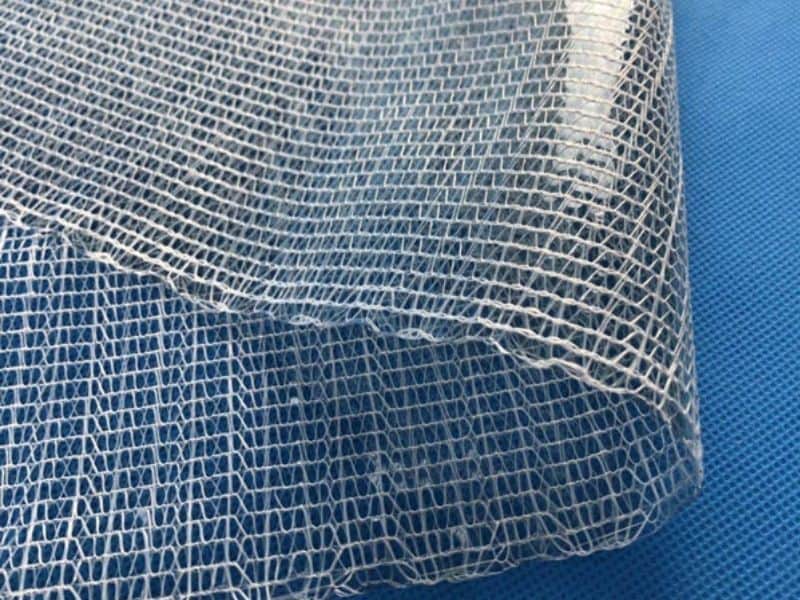
Transparent Energy Saving Screen ( TES), is an innovative solution to increase light transmission and heat retention to save energy both day and night for your greenhouse.
EyouAgro have been the professional Transparent Energy Saving Screen manufacturer in China for more than 10 years.
It is manufactured with High-Strength and eco-friendly polyester yarn and PET film by knitted structure.
We will contact you within 1 working day, please pay attention to the email with the suffix “@eyouagro.com”.
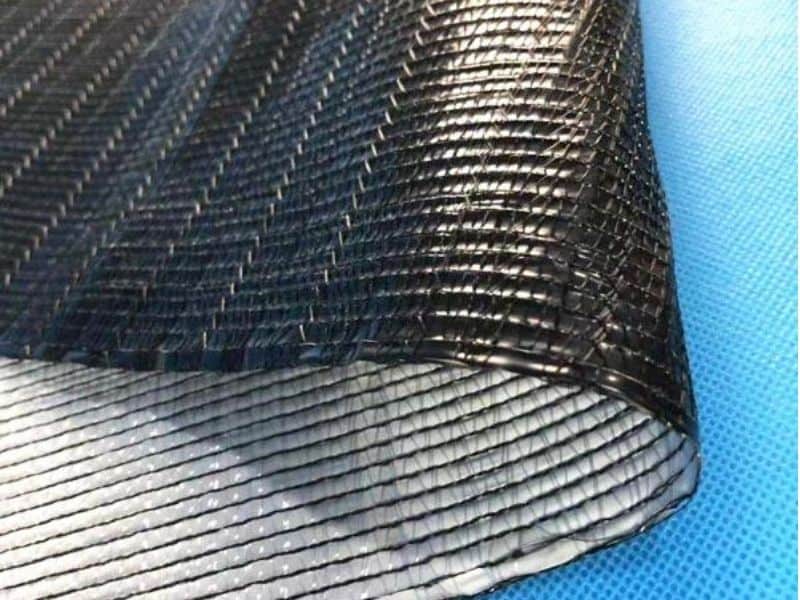
Blackout Shading Screen (BSS), also called Darkening Screens or light deprivation Screen, is made of aluminum foil and polyester material through a special process, with good shading effect, the shading effect can reach 99.9%.
Provides the dark environment needed by special plants such as gerbera, Hemp, and Cannabis. Shorten the duration of sunlight.
We will contact you within 1 working day, please pay attention to the email with the suffix “@eyouagro.com”.
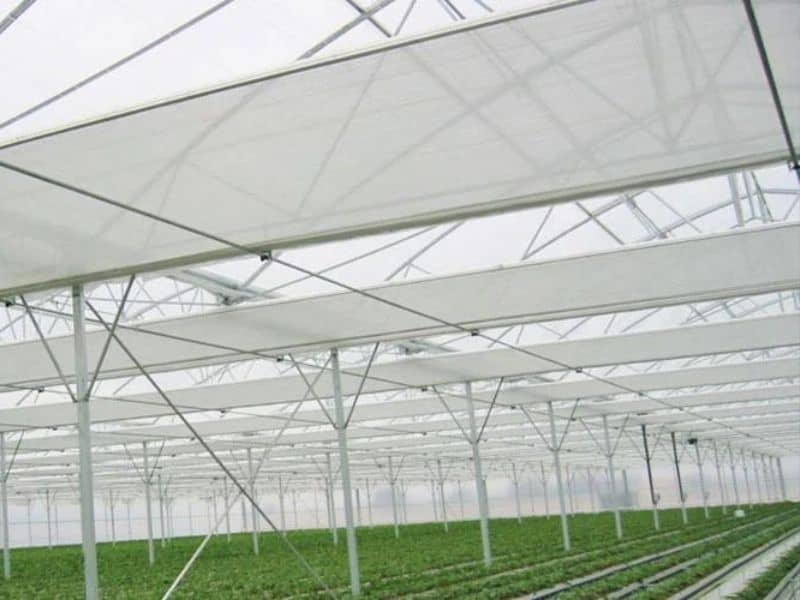
Diffusion Shading Screen(DSS), also called Light Diffusion Screens, is an innovative climate solution screen to improve the light combination from different angles, scatter to plants and enhance the growth of crops.
The basic function is to block direct sunlight and adjusting the indoor temperature. On a cold night, it can prevent the loss of indoor temperature, play the role of energy-saving.
We will contact you within 1 working day, please pay attention to the email with the suffix “@eyouagro.com”.
Anti-bat netting protects your crops without endangering the ecosystem.
Bats are an essential element of the environment because they feed insects and bugs.
They play an essential role in plant pollination. The bats eat a range of bug pests daily. It is critical to use only safe and non-toxic remedies to get rid of them. That’s where a batting net comes in handy.
Table of Contents
What’s Anti-bat netting?
Anti-bat netting is a global implementation that provides long-term protection from birds and bats.
The net should be tailored to the area it will protect, and it is effective in small and large rooms. Bats could be of a distinct species. It is crucial to understand the type of bat you are up against. Bats can wiggle through holes that are not the appropriate size.
It would help if you used small-holed netting to keep pests from pecking at the fruits. That way, you’ll protect your crops from primary and secondary damage.
What are the Different Types of Bat Netting
The key to the successful use of bat netting is careful installation and round-the-clock monitoring of the nets.
To quickly untangle and release the birds or bats, qualified individuals must always be present. Nonetheless, here are the three types of bat netting:
Extruded bat Netting
Knotted Bat Netting
Mist Bat Netting
Why Should We Use Bat Netting to Keep them Away From Our Homes?
Bats are essential pest controllers and pollinators in the ecology. But on the other hand, they present a health danger to humans due to the potential spread of zoonotic illnesses. Thus we must keep them away from any contact with humans.
Benefits of Installing A Bat Net For Your Projects
Bat Netting is an excellent deterrent to a variety of bats which can bring loads of challenges.
Bat Netting is exceptionally adaptable, and it may be fitted to almost any size that you require.
Bat Netting is environmentally friendly and can resist a variety of circumstances.
Bat Netting has a long lifespan.
When properly built, netting is nearly undetectable.
Where is Bat Netting Used?
Birds and bats are the main predators of fruit trees, plants, berries, and vegetables.
The consequences can be devastating, and your profits will suffer as a result.
Birds and bats have easy access to the farm or garden if it is not adequately protected, especially at night. Unfortunately, cultivating necessitates a significant amount of labor!
To keep control of the orchard or other plants, you must consider protection ahead of time. Anti-bat netting isn’t an indulgence anymore! Instead, you should follow a guideline to give your plants the ideal growing circumstances possible while avoiding harming bats.
6 Steps on How to Choose Bat Netting For Your Projects
To buy a bat netting ideal for you, know what you are up against in the first place as there’s no one size fit all bat nettings. However, consider the following factors when buying a bat net to keep the bats out of your property and crops.
Step 1: Ensure You Get a Specific Design for Bats
The bat netting should be specifically designed to stop bats from entering attics, garages, eaves, and other places.
Step 2: It Meets all Your Bat Exclusion Needs
Should be available in various lengths to meet all your bat exclusion needs.
It should be super strong and durable.
It should remain almost unnoticeable once installed.
It should be harmless, non-lethal, and non-conducive
It should not rust or rot
Step 3: Nettings are Available in Ranges of Sizes and Materials
Bat nettings are available in a range of sizes and materials. Before you buy, be sure you’re getting suitable mesh for your requirements. Consider these factors before purchasing ant bat netting.
Step 4: Your Kind of Property
What kind of property are you guarding? Specific types of properties might need different net types.
Step 5: What Species of Bats?
What species of bats are you attempting to keep away? Weights, fabrics, and mesh sizes will vary according to the species of bats you are seeking to keep out.
Step 6: Don’t Rush to Remove the Netting
Never be in a rush to remove the netting after sealing all the alternative entrances. Instead, wait for two weeks before sealing all the cracks with copper mesh to ensure that all bats are out.
How to Install A Bat Netting
Bats are beneficial to have around your home b as they feast on large numbers of mosquitoes, but you do not need them nesting in your house.
Bat guano can contain capsulatum, which is well known for causing lung disease Histoplasmosis in humans. So, all your bat exclusions efforts are worth the hassle.
Here now is how to install A Bat Netting.
Step 1: Seal the Cracks
The first step is to seal the cracks to block alternative entrances once you install the netting. You fill the gaps with copper mesh.
Step 2: Install Netting over Entrance
Install netting over the entrance, putting exit several inches below the nesting area. The net should be a bit loose so that the bats can crawl down and come out and fly off. You are making a one-way exit- meaning that bats can come out but can not return in.
Step 3: Remove the Mesh
After two weeks, remove the mesh and ensure that all bats are out of the house. Next, clean up the bat guano and seal off all the cracks and holes with copper mesh. This way, you’ll keep the bats out for good.
Step 4: Cut and Hang the Mesh
In short, to install a bat netting, cut and hang the mesh so that it extends six inches on all sides beyond the crack or hole.
Step 5: Let the Bottom Hang Loosely
Attach the netting across the top and halfway down each side with staples or duct tape, letting the bottom hang loosely.
Returning bats will not find their way in, but emerging bats will crawl out the bottom.
Step 6: Get Yourself the Bat Netting Accessory
To install anti bat netting, you need staples or duct tape and the net itself. You may also need a copper mesh to seal the cracks with.
2 Tips for Installing A Bat Netting
Bat Netting is a popular approach for keeping undesirable birds away from a range of properties and buildings.
While this strategy may appear simple protection, it may quickly become a time-consuming task if you fail to do it right.
It is also critical that you carefully place the nettings so that nothing gets harmed. Here are some dos and don’ts for bat netting to enable the procedure to go more smoothly.
Do’s
Install a Bat Netting to prevent damage to your fruits, crops, and property.
Always observe or monitor to determine the entry and exit points for bats
Use a natural bat repellant to prevent bats from roosting.
Seal cracks and fill holes and cracks
Don’ts
Try to catch bats is worse because they bite and may transmit rabies.
Never assume that all anti bat nettings are the same.
Feed on fruits or food eaten by bats because they may be contaminated with various bacteria
Conclusion
Bat netting is the best way to keep bats out of your premises without harming them or the environment. But, unfortunately, bats are genuinely a necessary devil.
As much as we hate them, we still need them to help pollinate our crops and get rid of mosquitoes which are a nuisance. So, consider using a bat net for all your bat exclusion efforts as it is safe and effective.
If you have any questions about the Bat Netting, drop us an email at info@eyouagro.com or visit our website at www.eyouagro.com

CERTIFICATIONS
EYOUAGRO Repsects Quality Standards


EyouAgro is a family-run business that makes green healthecare solutions for safer, cleaner, more cost-effective crop protection textile .
Contact
- No.7799, East Ying'gang Rd, Qingpu, Shanghai,China
- +86 13816514856
- info@eyouagro.com
- www.eyouagro.com
We will contact you within 1 working day, please pay attention to the email with the suffix “@eyouagro.com”.
Let's Have a Chat

Read Ten Cost-Saving Tips for the Purchase of Agrotextiles from China

